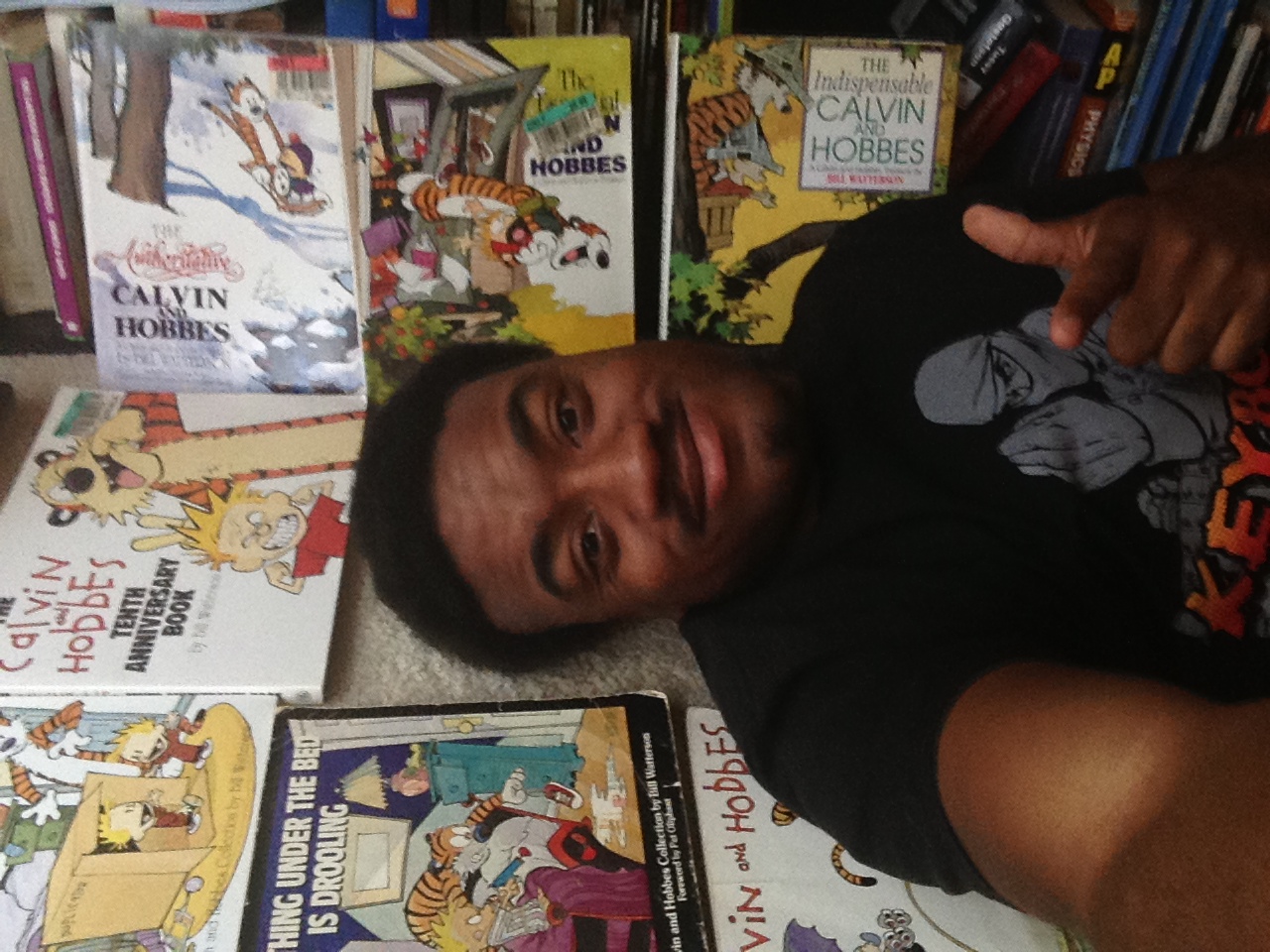I use this site not only for cool science stuff, but also as a proponent of diversity within the sciences. It's critical to understand that simply improving numbers of women and minorities within the space isn't enough. The culture itself needs to be changed so that elements such as misogyny and racism are not acceptable by anyone. Making a welcoming culture is a huge step in attracting underrepresented groups into a situation that they previously saw as hostile.
In the tech space, events known as hackathons are quite popular. These events require collaboration from teams of folks to develop a solution to a stated problem, usually involving software or hardware. The results are typically presented to an audience by the collaborators themselves, and winners are chosen. Since a hackathon can show both technical aptitude as well as the ability to explain and demo your solution to an audience, this is an important space that needs to be culturally sensitive so that all feel welcome to contribute their brainpower.
A hackathon during an ongoing conference entitled TechCrunch Disrupt allowed several offensive presentations to pass its supposed screening process, including a joke app called TitStare centered around staring at women's breasts. There were several other offensive presentations involving jokes about masturbation, shrinkage, etc. All of this was in front of an audience that included young children. TechCrunch did apologize after facing heat, but it was the usual halfhearted empty apology that only comes after being barraged by social media influencers.
You'd think that hackathons and similiar events would attract women and minorities because as long as you have great ideas and you can present well, you should be fine, right? It's true, as long as the culture welcomes them as people as well as tech resources. Putting on the greatest demo in the world suddenly seems low on the totem pole when you are dealing with being demeaned in a personal way.
Sadly, this culture has existed for a very long time, as seen is a recent documentary about women in the chemistry indu
stry. This is why it's important to have schools that take diversity seriously, and to celebrate initiatives like International Women's Day.
I wasn't going to write about this initially, but I felt compelled to. We all need to stand up against this crap, and it needs to be a united effort, not one limited to women. Any jokes that disparage women and the contributions that they've made to society harm us all. Having groups that don't represent the true diversity of America harms us all.
Check out the Storify below for a great discussion on the Disrupt issue and its aftermath.






